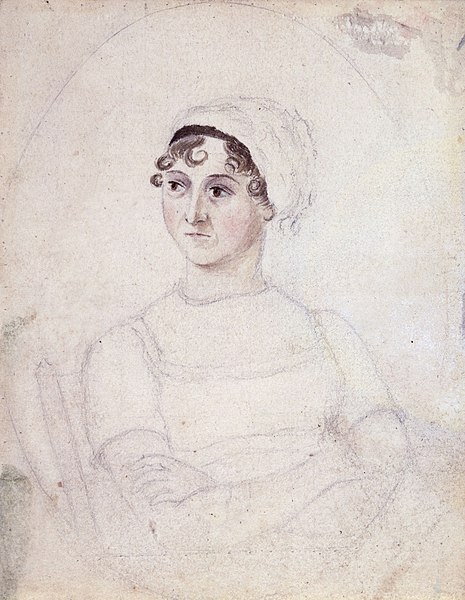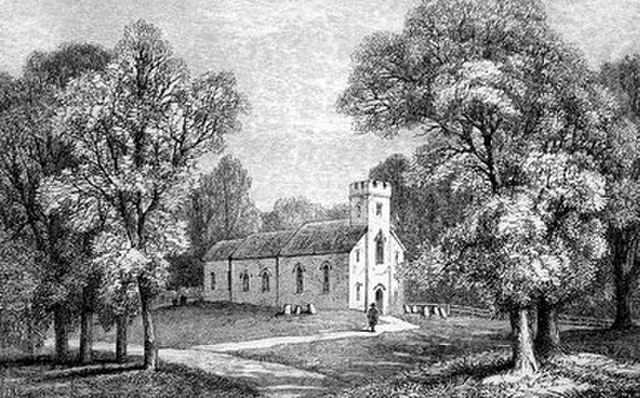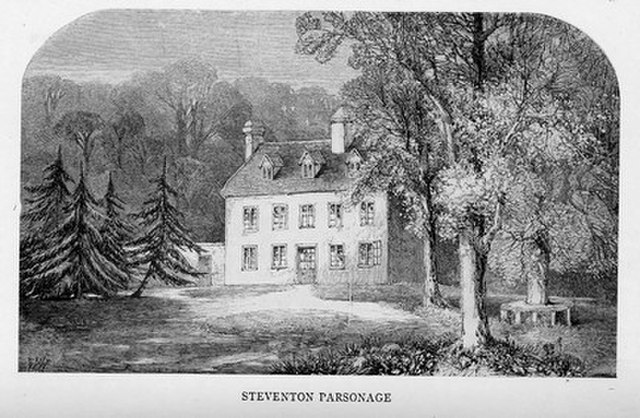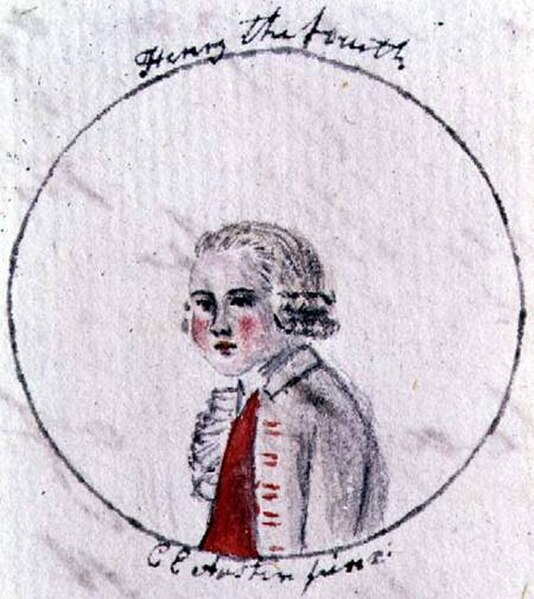The Bank of England £10 note, also known informally as a tenner, is a sterling banknote. It is the second-lowest denomination of banknote issued by the Bank of England. The current polymer note, first issued in 2017, bears the image of Queen Elizabeth II on the obverse and the image of author Jane Austen on the reverse. The final cotton paper note featuring a portrait of naturalist Charles Darwin, first issued in 2000, was withdrawn from circulation on 1 March 2018.
Image: Bank of England £10 obverse
Image: Bank of England £10 reverse
A £10 note, issued from Manchester in 1919.
Jane Austen was an English novelist known primarily for her six novels, which implicitly interpret, critique, and comment upon the British landed gentry at the end of the 18th century. Austen's plots often explore the dependence of women on marriage for the pursuit of favourable social standing and economic security. Her works are an implicit critique of the novels of sensibility of the second half of the 18th century and are part of the transition to 19th-century literary realism. Her deft use of social commentary, realism and biting irony have earned her acclaim among critics and scholars.
Portrait, c. 1810
Church of St Nicholas in Steventon, as depicted in A Memoir of Jane Austen
Steventon parsonage, as depicted in A Memoir of Jane Austen, was in a valley and surrounded by meadows.
Portrait of Henry IV. Declaredly written by "a partial, prejudiced, & ignorant Historian", The History of England was illustrated by Austen's sister, Cassandra (c. 1790).







